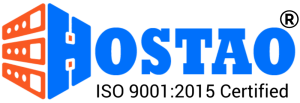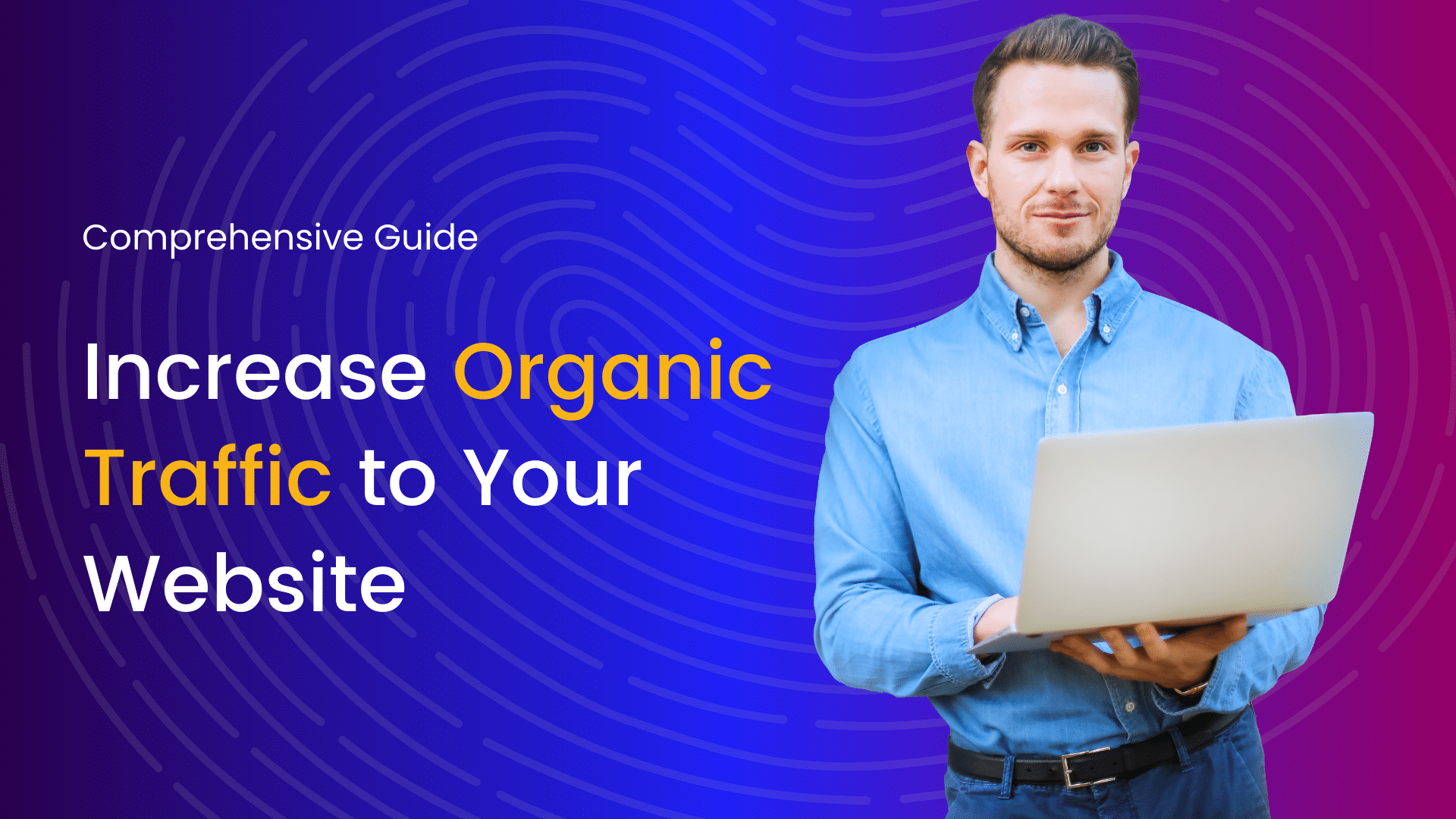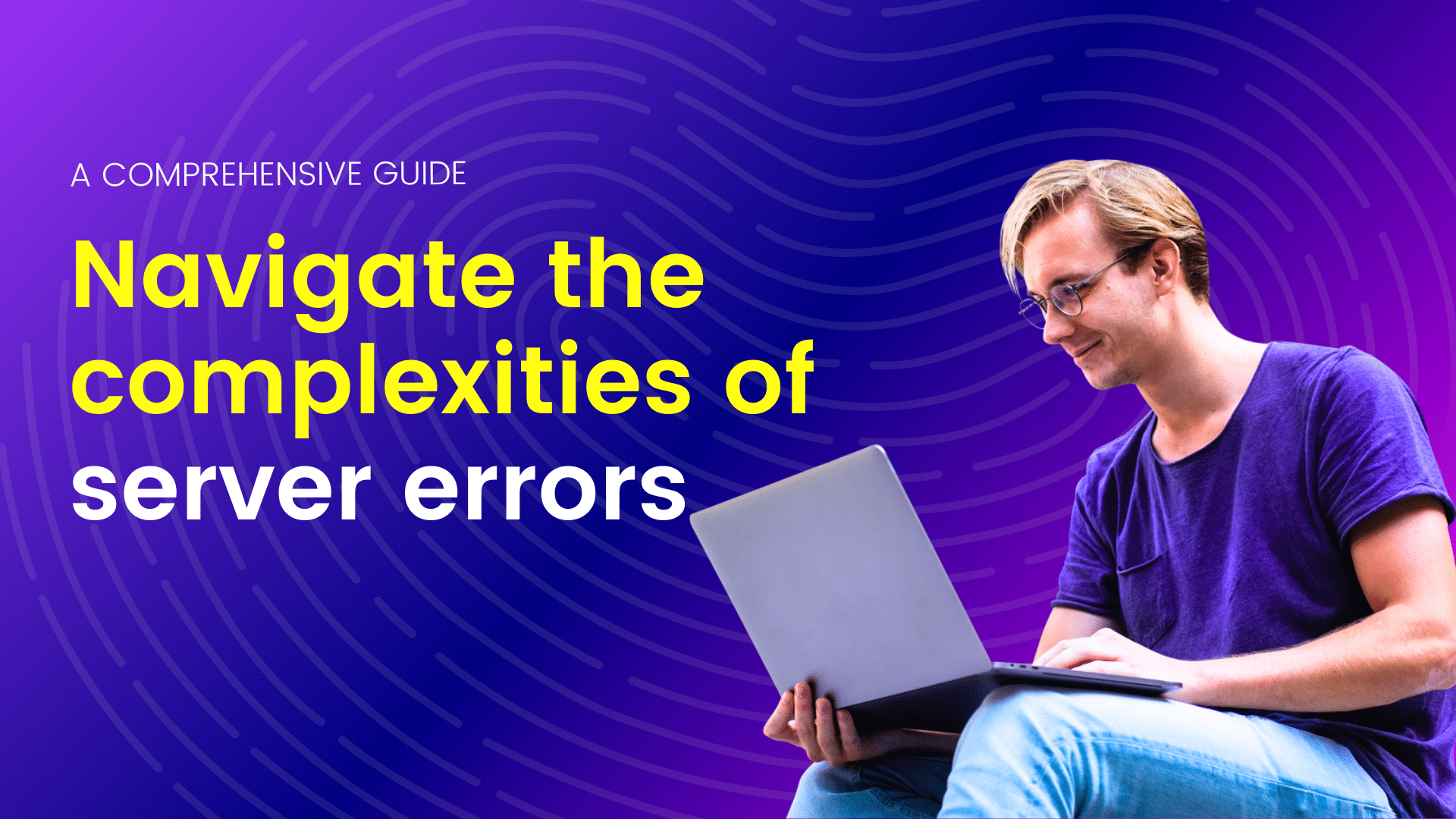Python, with its clean syntax and versatility, has become a popular language for web development. When it comes to building web applications in Python, developers often find themselves deciding between two major frameworks: Django and Flask. Both frameworks have their strengths and weaknesses, and the choice between them depends on various factors such as project requirements, scalability, and personal preferences. In this article, we will explore the characteristics of Django and Flask to help you make an informed decision when choosing the best Python web framework for your project.
Django: The Batteries-Included Framework
Django, often referred to as the “batteries-included” framework, is a high-level web framework that follows the “Don’t Repeat Yourself” (DRY) and “Convention Over Configuration” (CoC) principles. It was designed to make web development faster and more straightforward by providing a set of pre-built components and a structured, opinionated approach.
Key Features of Django
Django, a high-level web framework written in Python, has gained immense popularity for its simplicity, flexibility, and efficiency in building robust web applications. Developed with the “don’t repeat yourself” (DRY) principle in mind, Django emphasizes rapid development and clean, maintainable code. In this article, we’ll explore the key features that make Django an exceptional choice for web developers.
Model-View-Controller (MVC) Architecture
Django follows the Model-View-Controller (MVC) architectural pattern, known in Django as Model-View-Template (MVT). This separation of concerns promotes modular development, making it easier to manage and scale applications. Models define the data structure, views handle the presentation logic, and templates manage the user interface.
Object-Relational Mapping (ORM)
Django provides a powerful ORM system that abstracts database interactions, allowing developers to interact with databases using Python code rather than SQL queries. This simplifies database operations, reduces the risk of SQL injection, and enhances code readability. Developers can switch between different database engines without changing the code, thanks to Django’s ORM.
Admin Interface
One of Django’s standout features is its built-in admin interface. With just a few lines of code, developers can create a fully functional administration panel for managing database records. This feature is a time-saver during the development phase and provides a user-friendly interface for non-technical personnel to manage data.
Automatic URL Routing
Django’s URL routing system simplifies the process of handling URL patterns and mapping them to appropriate views. By using regular expressions and a straightforward URL configuration, developers can easily define how URLs are processed and direct users to the desired content.
Built-in Security Features
Django prioritizes security and includes several built-in features to protect against common web vulnerabilities. This includes protection against Cross-Site Scripting (XSS), Cross-Site Request Forgery (CSRF), SQL injection, and more. Django’s security features help developers adhere to best practices without additional effort.
Template Engine
Django comes with a template engine that allows developers to create dynamic and reusable HTML templates. This separation of HTML from Python code enhances code readability and maintainability. Templates support template inheritance, filters, and tags, providing flexibility in designing web pages.
Middleware Support
Middleware components in Django allow developers to process requests and responses globally, enabling functionalities such as authentication, caching, and security checks. This extensibility simplifies the addition of custom functionalities to the application’s request-response cycle.
Scalability and Reusability
Django’s modular design and adherence to best practices contribute to the scalability and reusability of code. Developers can create reusable apps, facilitating the sharing of components across different projects. This promotes a collaborative development environment and accelerates project timelines.
Django REST Framework
For building RESTful APIs, Django provides the Django REST framework. This powerful toolkit simplifies API development, supporting features such as serialization, authentication, and viewsets. It is a popular choice for developing APIs in conjunction with Django web applications.
Community and Documentation
Django boasts a vibrant and supportive community, making it easier for developers to seek help, share knowledge, and collaborate on projects. The extensive documentation provides detailed guides, tutorials, and examples, making it accessible for both beginners and experienced developers.
Use Cases for Django
Content Management Systems (CMS)
Django’s robust architecture and built-in admin interface make it an excellent choice for developing content management systems. The admin interface simplifies content creation, editing, and management, allowing non-technical users to easily handle website content without compromising security.
E-commerce Platforms
Django’s flexibility and scalability make it well-suited for developing e-commerce platforms. With the help of third-party packages like Django Oscar and Saleor, developers can build feature-rich online stores with customizable product catalogs, secure payment processing, and order management systems.
Social Media Applications
Django’s ability to handle high traffic loads and its authentication system make it a suitable framework for building social media platforms. Developers can implement user profiles, social connections, and activity feeds, ensuring a seamless and engaging user experience.
Real-time Applications
Django Channels, an extension to handle WebSockets and asynchronous protocols, empowers developers to build real-time applications such as chat applications, live notifications, and collaborative tools. This capability enhances user interactivity and responsiveness.
Data Analytics Platforms
Django’s integration with powerful Python data science libraries makes it a compelling choice for developing data analytics platforms. By combining Django with tools like Pandas, NumPy, and Matplotlib, developers can create applications for data visualization, reporting, and analysis.
Educational Platforms
Django’s modularity and ease of integration make it a suitable choice for developing educational platforms. From simple e-learning websites to comprehensive learning management systems (LMS), Django allows developers to create scalable and customizable solutions to meet the unique needs of educational institutions.
Healthcare Applications
Django’s emphasis on security and data integrity makes it an excellent choice for developing healthcare applications. Developers can build patient management systems, electronic health record (EHR) platforms, and telemedicine solutions while adhering to strict regulatory standards.
API Development
Django’s REST framework extends its capabilities to build robust APIs quickly. This is particularly useful for creating backend services to support mobile applications, third-party integrations, and microservices architectures. Django REST framework simplifies tasks such as serialization, authentication, and authorization.
Intranet Solutions
Django’s security features and customizable user permissions make it an ideal choice for developing intranet solutions. Organizations can create internal communication platforms, document management systems, and collaborative tools to streamline workflow and enhance team productivity.
Project Management Tools
Django’s modularity and ORM make it a great fit for building project management tools. Developers can create applications for task tracking, collaboration, and project planning, ensuring teams have a centralized platform for effective project management.
Flask: The Microframework
Flask, on the other hand, is often referred to as a “microframework” because it is minimalistic and gives developers more flexibility in choosing components. Flask provides the essentials for building web applications and leaves other decisions, such as database choice and authentication method, up to the developer.
Key Features of Flask
Flask, a micro-framework for Python, has become a popular choice for web developers seeking a lightweight yet powerful tool for building web applications. Known for its simplicity, flexibility, and ease of use, Flask empowers developers to create dynamic and scalable web solutions. In this article, we’ll delve into the key features that make Flask a compelling framework for web development.
Microframework Philosophy
Flask adopts a microframework philosophy, which means it provides the essentials for web development without imposing unnecessary components. This minimalist approach allows developers the freedom to choose and integrate the specific tools and libraries they need, promoting a more modular and tailored development process.
Routing System
Flask’s routing system simplifies URL mapping, enabling developers to define routes easily and associate them with specific functions (views) within their application. This simplicity facilitates the creation of clean and organized code structures, making it easier to manage different parts of a web application.
Lightweight and Extensible
Flask’s lightweight nature makes it highly extensible, allowing developers to add only the components they require. While it provides essential functionality out of the box, developers can leverage a vast ecosystem of extensions and third-party libraries to enhance their applications with features like authentication, database integration, and more.
Jinja2 Templating Engine
Flask incorporates the Jinja2 templating engine, enabling developers to build dynamic and reusable HTML templates. This separation of logic and presentation enhances code readability and maintainability. Jinja2 supports template inheritance, filters, and macros, providing a flexible and efficient way to create HTML content.
Integrated Development Server
Flask comes with a built-in development server, allowing developers to test and debug their applications easily. This server is particularly useful during the development phase, providing a quick and straightforward way to preview changes without the need for additional server configuration.
Werkzeug WSGI Toolkit
Flask is built on top of the Werkzeug WSGI (Web Server Gateway Interface) toolkit. Werkzeug provides essential utilities for handling HTTP requests, managing sessions, and more. This underpinning ensures that Flask applications benefit from a robust and efficient foundation.
RESTful Request Handling
Flask is well-suited for building RESTful APIs (Application Programming Interfaces). Its simplicity and support for HTTP methods make it easy to create endpoints for data retrieval, manipulation, and interaction. The lightweight nature of Flask ensures that developers can focus on building efficient and scalable APIs.
Unit Testing Support
Flask includes built-in support for unit testing, making it easier for developers to test their applications thoroughly. The framework integrates seamlessly with testing libraries such as unittest and pytest, enabling developers to automate the testing process and ensure the reliability of their code.
Secure by Design
Flask emphasizes security, providing features like session management, secure cookie handling, and protection against common web vulnerabilities. While developers must adhere to security best practices, Flask’s built-in features help create a more secure foundation for web applications.
Active Community and Documentation
Flask benefits from an active and vibrant community that contributes to its growth and improvement. The official documentation is comprehensive, providing clear guides, tutorials, and examples to help both beginners and experienced developers navigate the framework effectively.
Use Cases for Flask
Flask, a lightweight and flexible microframework for Python, has gained popularity for its simplicity and versatility. Despite its minimalist design, Flask proves to be a powerful tool capable of addressing a variety of web development needs. In this article, we’ll explore several compelling use cases where Flask excels, showcasing its adaptability across different scenarios.
Rapid Prototyping
Flask’s simplicity and minimalistic structure make it an ideal choice for rapid prototyping. Developers can quickly create functional prototypes and proof-of-concept applications, allowing them to test ideas and iterate on features with ease.
Small to Medium-sized Web Applications
Flask is well-suited for building small to medium-sized web applications where a lightweight framework is preferred. Its modular design allows developers to choose and integrate specific components, keeping the codebase clean and tailored to the project’s requirements.
RESTful APIs
Flask’s design simplicity and support for HTTP methods make it an excellent framework for building RESTful APIs. Developers can easily define API endpoints, handle request and response objects, and implement resourceful routing, making Flask a popular choice for backend development in API-centric projects.
Microservices Architecture
In a microservices architecture, where applications are composed of small, independent services, Flask shines due to its lightweight nature. Developers can create individual microservices efficiently, ensuring seamless communication between components while maintaining scalability and flexibility.
Educational Projects
Flask’s straightforward syntax and minimalistic structure make it an excellent choice for educational purposes. It provides a hands-on learning experience for students and beginners in web development, allowing them to understand core concepts without unnecessary complexity.
Data Visualization Applications
Flask can be used to develop data visualization applications, presenting complex data in an interactive and user-friendly manner. By integrating Flask with libraries like D3.js or Plotly, developers can create dynamic charts, graphs, and dashboards to convey information effectively.
Internet of Things (IoT) Applications
Flask’s lightweight footprint and modular design make it suitable for developing backend services in IoT projects. Whether managing sensor data, handling device communication, or providing a user interface for monitoring, Flask can be tailored to meet the specific needs of IoT applications.
E-commerce Platforms (Small-scale)
For small-scale e-commerce projects, where a more substantial framework might be overkill, Flask proves to be a practical choice. With the help of extensions and integrations, developers can create lightweight online stores with essential features like product catalogs, user authentication, and payment processing.
Personal Blogs and Portfolios
Flask’s simplicity makes it an excellent choice for personal websites, blogs, and portfolios. Developers can quickly set up a blog platform, showcase their work, and customize the site’s appearance using Flask’s templating engine and extensions.
Custom Web Services and APIs
Flask’s extensibility and simplicity make it an ideal choice for building custom web services and APIs tailored to specific business needs. Whether integrating with third-party services, handling data processing, or automating tasks, Flask provides a lightweight and efficient solution.
Choosing Between Django and Flask:
In the vast realm of web development, selecting the right framework is a crucial decision that can significantly impact the development process and the final product. Django and Flask, both Python-based frameworks, are popular choices, each offering a unique set of features and philosophies. In this article, we’ll explore the key considerations to help developers make an informed choice between Django and Flask based on their project requirements.
Project Complexity and Size
Django, with its batteries-included approach, is well-suited for large-scale projects and applications with complex requirements. Its built-in admin interface, ORM system, and high-level abstractions simplify development but may be overkill for smaller projects. Flask, on the other hand, follows a microframework philosophy, making it ideal for smaller applications or when a more lightweight and modular structure is preferred.
Built-in Functionality vs. Flexibility
Django, being a full-fledged framework, comes with many built-in features, including an admin panel, authentication, and an ORM. This can accelerate development but may be restrictive for projects with unique requirements. Flask, with its minimalist philosophy, provides greater flexibility, allowing developers to choose and integrate specific components tailored to their needs.
Learning Curve
Django’s opinionated structure and high-level abstractions can make it more challenging for beginners to grasp initially. However, its comprehensive documentation and strong community support can aid the learning process. Flask, with its simplicity and modular design, is often considered more approachable for beginners and developers who prefer a more hands-on approach to building applications.
Database Interaction
Django’s ORM system simplifies database interactions by allowing developers to work with Python code instead of raw SQL queries. This is advantageous for developers who prioritize ease of use and rapid development. Flask, while not providing a built-in ORM, allows developers the freedom to choose their preferred database interaction tools, making it a more flexible choice for specific database requirements.
Template Engine
Django comes with its template engine, allowing developers to create dynamic and reusable HTML templates. This can be advantageous for projects where a consistent and integrated templating system is essential. Flask, on the other hand, integrates the Jinja2 templating engine, providing flexibility and ease of use in creating dynamic content.
Community and Ecosystem
Both Django and Flask boast active and supportive communities. Django’s extensive ecosystem includes numerous built-in features and third-party packages. Flask, being a microframework, encourages developers to explore and choose the components they need, leading to a more modular and versatile ecosystem.
Use Cases
Django shines in projects requiring a rapid development pace, such as content management systems, e-commerce platforms, and larger applications with built-in administrative interfaces. Flask excels in scenarios where a more lightweight, modular, and customizable approach is favored, such as smaller web applications, APIs, and projects with specific and unique requirements.
Scalability
Django’s opinionated structure and built-in features can aid scalability for large and complex projects. Flask, while equally scalable, offers developers more control over the architecture, allowing for a more tailored approach to meet specific scalability requirements.
Conclusion:
In the end, the choice between Django and Flask depends on the specific requirements of your project and your development preferences. If you are looking for a framework that provides a comprehensive set of features and enforces conventions, Django may be the right choice. On the other hand, if you value flexibility, simplicity, and the ability to choose your components, Flask might be more suitable.
Choosing between Django and Flask ultimately depends on the specific needs and goals of a project. Django’s batteries-included philosophy provides a powerful and streamlined development experience, whereas Flask’s flexibility allows for a more modular and customizable approach. Developers should carefully consider factors such as project size, complexity, learning curve, and specific feature requirements to make an informed decision that aligns with the unique characteristics of their development endeavors.
I'm a tech-savvy writer with a Computer Science degree and web hosting background, contributing to Hostao Blogs. I simplify complex tech topics like web development and cybersecurity. Beyond writing, I'm a tech explorer passionate about digital advancements.



















